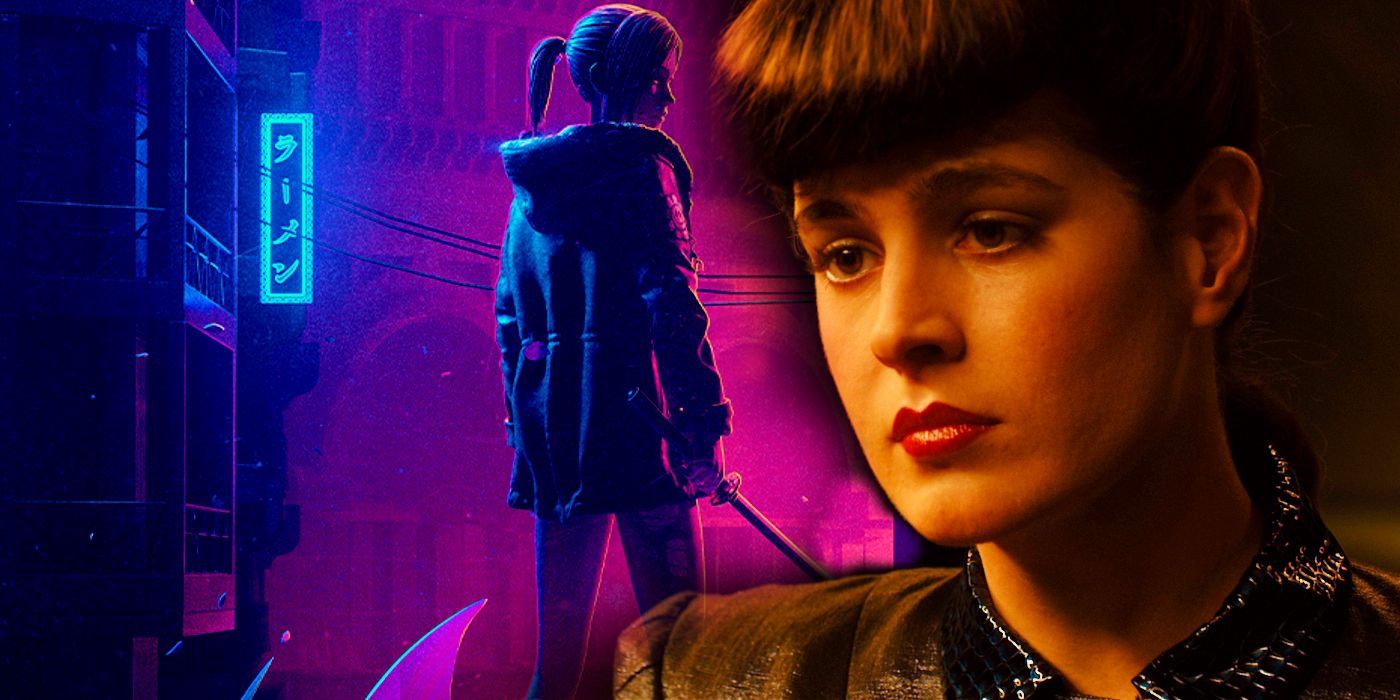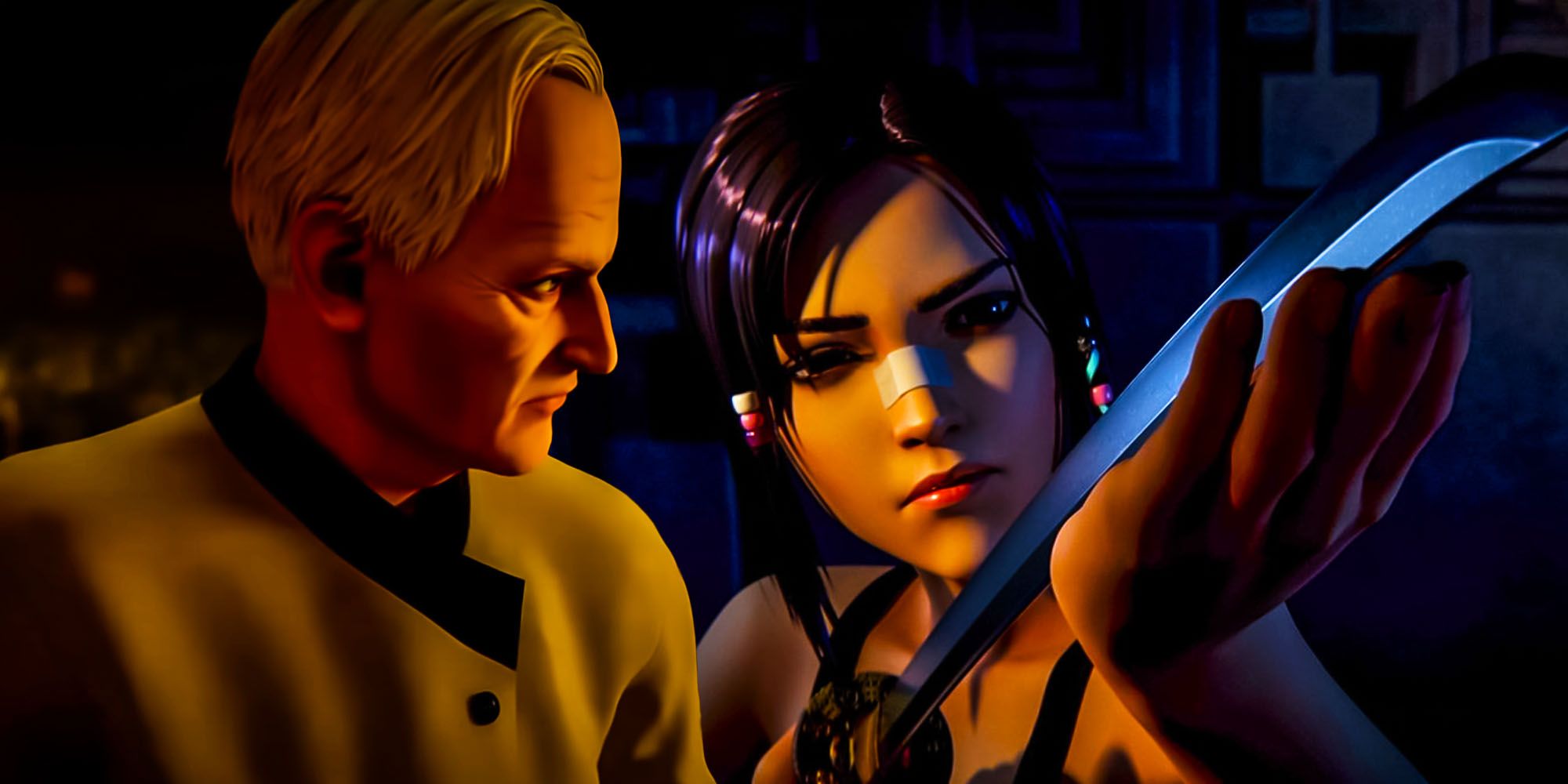Blade Runner: Black Lotus has hinted that it may explain a mystery that fans have obsessed over for 39 years: the origin of the replicants’ artificial memories. Taking place halfway between the 1982 Blade Runner and Blade Runner 2049, Blade Runner: Black Lotus expands the science-fiction world with a large cast of characters and a deeper lore behind the replicants, a race of artificially grown super-humans who are forced into slavery by humanity.
As an added measure of control, replicants are given fake memories upon creation. In the original Blade Runner, Rachael is the first replicant to be implanted with memories, and even believes herself to be human until the truth is revealed. By the time of Blade Runner 2049, the once-experimental practice is mainstream, and the film even features a character who makes her living designing the memories for replicants about to be born.
Blade Runner: Black Lotus may provide the answer as to how the practice became so popular in the first place. The series’ second episode features a scene in which Niander Wallace (the eventual villain of Blade Runner 2049) gets a mouthful from his father, Niander Sr., about the former’s lack of progress in the “memory development” department. Not much more is said on the subject, but the mention of it helps specify the timeline of Blade Runner and the origins of the artificial memory technology, laying the groundwork to possibly expand on the issue in future episodes.
This added detail also underscores just how revolutionary the artificial memory technology is when it is introduced in the original Blade Runner. When Deckard first realizes that Tyrell-Corp has implanted memories into a replicant, Rachael, he is almost speechless. The concept is so radical and frightening, and the methodology is still experimental and crude. Rachael’s memories are lifted from an existing subject, Dr. Tyrell’s niece. Her memories really did happen, just not to her. Nearly forty years later, memories are not just transplanted from real humans, but written entirely from scratch by imaginative creatives. The memory-maker in Blade Runner 2049 crafts birthday parties that never happened as if she were composing a symphony or writing a novel. Though real memories occasionally slip through the cracks, artificial memory technology has by-and-large grown past the limits of real events and into the realm of pure fiction.
The difference may seem small on paper, but a single human life is so full of experience and events that creating them out of thin air is almost impossible to comprehend. The technological difference between copying what already exists and creating something false but that feels wholly authentic is enormous. It deepens the Blade Runner universe to show that memory development was slow and laborious in the decades between the films. Just like with the replicants’ fake memories, it’s the little details in Blade Runner: Black Lotus that make the fictional world feel that much more real.


